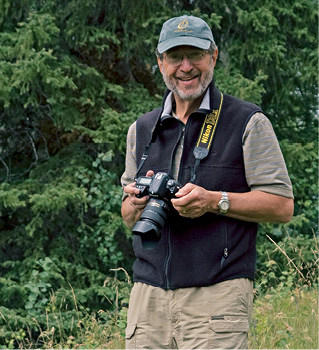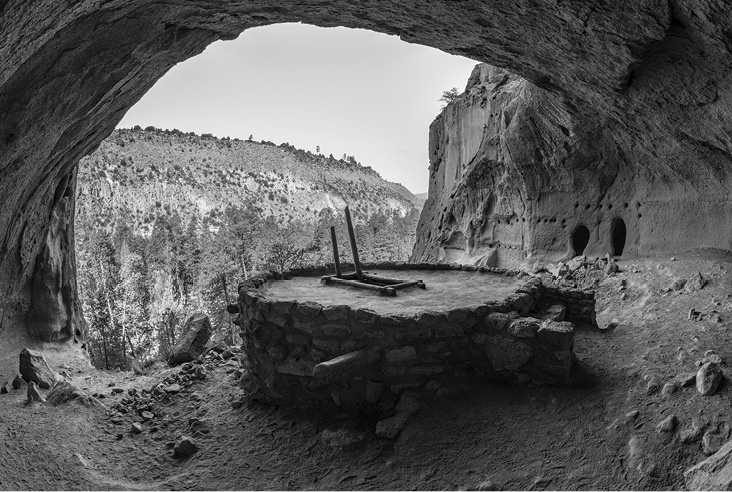
David Halpern, BA’58, a 12-time National Park Service artist-in-residence, originally set out to study journalism at the University of Missouri before transferring back to his hometown to major in English and history at Vanderbilt. After graduating he worked as an advertising account executive and writer for firms in Nashville, Louisville and St. Louis. But photography had always been his true passion.

“I’ve been interested in photography my whole life, even before my teenage years,” Halpern says, “but my parents didn’t regard it as an honorable profession.”
After 14 years in the Mad Men era of advertising, Halpern staked out on his own as a freelance writer and photographer. He soon found his way to fine-art landscape photography, and his works quickly gained critical acclaim through numerous juried and solo exhibits. By 1984 he had begun serial stints as a National Park Service artist-in-residence at Rocky Mountain National Park in Colorado.
“It was pure dumb luck,” Halpern laughs. “The chief naturalist called to ask me if I would like to photograph the park. I thought it was a joke at first, but then it took me just a millisecond to answer yes.”
He has since served as artist-in-residence four times at Rocky Mountain National Park; twice each at Bryce Canyon National Park in Utah, Black Canyon of the Gunnison in Colorado, and Glacier National Park in Montana; and once at Acadia National Park in Maine. Currently, Halpern is artist-in-residence at Bandelier National Monument in New Mexico.
Between 1992 and 1998, Halpern’s one-man exhibit By a Clearer Light, commemorating the 75th anniversary of the National Park Service, traveled to 40 venues and became part of the permanent collection at Rocky Mountain National Park. He is now exploring possibilities for commemorating the 100th anniversary of both the NPS and Bandelier.
Light beckons
While his landscapes may call to mind photographers like Ansel Adams, Halpern cites American painters Alfred Bierstadt and Thomas Moran as his main influences.
“I think I learned more from these painters because they taught me to look critically at the light,” he says. “Photography is the study of light and shadow, but I always felt a little frustrated looking at these artists’ work because they had the ability to give it their own personal interpretations. When I photograph, the camera takes it very literally.
“But that is one thing that makes digital photography so wonderful,” he says. “You have more flexibility to give something a more subjective treatment. I try to use digital photography to do all the things we did before with film, but do them better.”
Halpern knew digital was the way to go back in the mid-1970s, embracing the technology early. He currently uses a Nikon D-810, which makes for a lighter load, particularly helpful as he nears his 79th birthday, still climbing onto ridges and into canyons to take photographs.
“Growth is a matter of continual learning,” Halpern says. “I’m never content to say I’ve reached the zenith. It’s a constant process, finding a new way to do the old thing.

See more of Halpern’s work.
Learn more about the National Park Service’s artist-in-residence program.